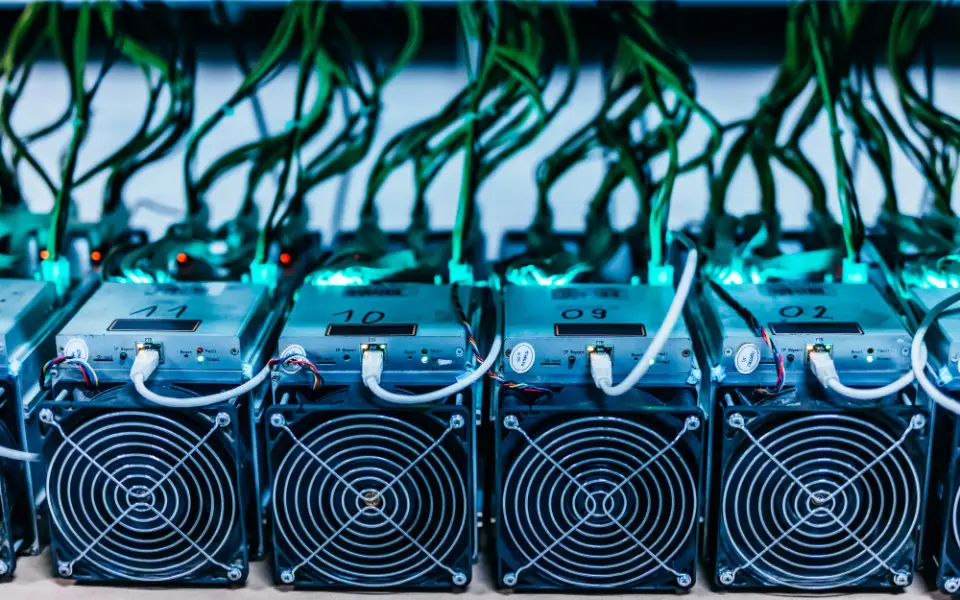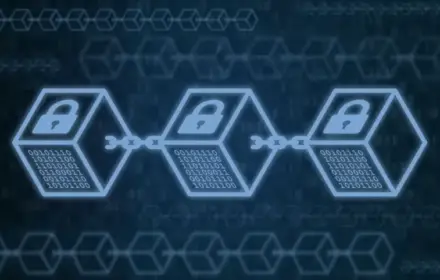Cryptocurrencies have long been an integral part of the financial system. However, to mine digital assets, specialised solutions are needed: mining farms. These hardware complexes ensure the stable execution of calculations and the mining of currencies, such as Bitcoin or Ethereum. It is important to understand how such systems are designed and what aspects of their use affect productivity and profitability.
How a mining farm works: main components and their functions
Any system consists of many specialised components that work together to provide maximum performance. Main elements:

- Computer equipment. The basis of a mining farm is video cards (GPUS) or ASIC miners. GPUS make it possible to mine various cryptocurrencies (Ethereum Classic or Ravencoin) thanks to the flexibility of the algorithms. ASIC devices are optimised for specific tasks, such as Bitcoin mining using the SHA-256 algorithm. Modern ASIC miners can reach speeds of up to 110 TH/s and consume about 3.2 kw of power.
- Motherboard and processor. Special boards support the connection of multiple video cards or ASIC devices simultaneously. Some models, such as the Biostar TB250-BTC, support up to 12 video cards. The processor used is usually inexpensive, as its functionality is minimal.
- Cooling system. During continuous use, a lot of heat is generated, which makes good cooling necessary. Air systems use powerful fans to create airflow and thus keep the temperature at 60-70°C. Liquid cooling is used for intensive loads, which reduces the temperature to 50-55 °C.
- Power supplies. A mining rig requires a stable and powerful energy source. Power supplies with a power of 1000 W to 2000 W ensure a stable power supply to all components. The use of modular options enables efficient cable management.
- Body and frame. The metal frame ensures secure mounting of the components and air circulation. Prefabricated solutions based on Veddha or Blackminer offer the optimal combination of durability and ventilation.
Connection and configuration
A good setup of a mining rig affects its performance and lifespan. After the components are assembled, the system is connected to the network and the software is configured. Popular programs: CGMiner, NiceHash, PhoenixMiner. Customisations include pool selection, overclocking adjustment, and ventilation control.
What is a mining farm used for? Cryptocurrency mining and network support
 The systems solve several important problems:
The systems solve several important problems:
- Cryptocurrency mining. The mechanisms perform calculations to create new blocks. Compensation guarantees profitability. For example, for a Bitcoin block, miners receive 3,125 BTC in 2024.
- Ensure blockchain security. Each transaction must be confirmed, and mining farms ensure that the network is protected from double spending and attacks.
- Support decentralization. The more independent miners there are, the more stable the network will be. This is especially important for cryptocurrencies with the proof-of-work (PoW) algorithm.
Investing in mining farms gives you the opportunity to earn passive income, provided you calculate the costs and returns correctly. The average payback period for a graphics card system is 12 to 18 months with a stable cryptocurrency rate.
How much does it cost to build a mining rig?
The largest expense item is video cards. For example, six NVIDIA GeForce RTX 3080s cost about 1,200,000 rubles. The components provide high performance and stable hash rate. Specialized motherboards cost about 20,000 rubles. They support the connection of multiple video cards simultaneously and ensure stable operation of all components.
Power supplies play an important role in keeping your mining rig running. Two devices with a power of 1200 W cost about 30,000 rubles. They guarantee reliable power supply to all devices and prevent interruptions and failures. For effective cooling of the components, a ventilation and cooling system is needed, the cost of which is about 15,000 rubles. A good cooling system allows you to maintain the optimal temperature of your equipment and extend its life.
In addition, you will need an SSD drive, a frame and cables, which will cost another 20,000 rubles. The total cost of setting up a mining farm will then be about 1,300,000 rubles, excluding electricity and maintenance costs.
The energy consumption of the system directly depends on the type of equipment used. For example, a park with six RTX 3080 video cards consumes about 1800 W per hour. For a month of use, this amounts to about 1,300 kWh. At an average price of 5 rubles per kWh, electricity costs are about 6,500 rubles.
Cooling of mining platforms: a special role in the system
There are several cooling methods, each with its own characteristics and their application depends on the size of the farm and its load:

- Air cooling is the simplest and most accessible method. It uses powerful fans to create a constant air flow. This method is suitable for small mining farms and allows you to maintain the temperature of video cards at 60-70 °C under average loads. However, at high loads, the method may not be effective enough.
- For more intensive tasks, liquid cooling is used. This method uses special fluids to remove heat from the components. The component circulates through a system of pipes and radiators, effectively reducing the temperature to 50-55°C even at maximum load.
- The location of the mining rig also affects its performance and cooling efficiency. It is advisable to create a separate room with good ventilation and keep the temperature no higher than 25°C. It is important to install the system in a place where there is as little dust as possible and an uninterrupted power supply is guaranteed.
Conclusion
 A mining farm is an effective tool for mining cryptocurrencies and investing in digital assets. Understanding the system structure, costs, and cooling principles will help you approach the process competently. Successful operation requires careful selection of components and proper setup. Follow these guidelines to minimize risks and earn a steady income.
A mining farm is an effective tool for mining cryptocurrencies and investing in digital assets. Understanding the system structure, costs, and cooling principles will help you approach the process competently. Successful operation requires careful selection of components and proper setup. Follow these guidelines to minimize risks and earn a steady income.
 en
en  de
de  ar
ar  es
es  nl
nl  hi
hi  fr
fr  it
it  pt
pt  el
el 



